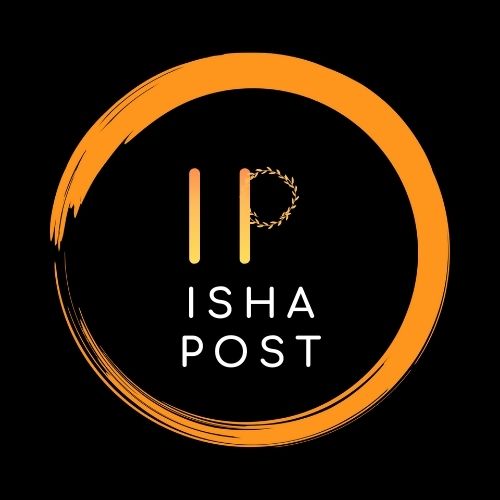Prospective Risk Adjustment: A Comprehensive Solution to Provider Burnout
Prospective Risk Adjustment: A Comprehensive Solution to Provider Burnout
Healthcare providers are a significant part of the healthcare industry. Their relationships with patients are unwavering but over time, they are facing problems related to routine tasks which often lead to burnout. A lot of responsibilities, like patient chart analysis, are done by them which adds to provider burnout. In this blog, we list the symptoms of provider burnout and how prospective risk adjustment can be a comprehensive solution to provider burnout.
Table of Contents
Symptoms of Provider Burnout
Emotional Exhaustion: Healthcare providers have to face some emotionally challenging situations. They witness patients suffering and living in high-stress environments is one of the reasons for provider burnout.
Less Personal Accomplishment: Due to hectic work schedules, burnout has become so common. As a result, the provider sometimes questions their competence and accomplishments.
Difficulty in Concentration: over time, patient data is increasing. As an outcome, the provider has to look up to several patients which decreases their focus span.
What Is Prospective Risk Adjustment and How It Works?
Prospective risk adjustment is a method used in healthcare and insurance to assess and adjust the payments made to healthcare providers or insurance plans based on the expected health risk of their patient population. The goal is to ensure that providers or plans receive fair and equitable compensation for the care they provide, taking into account the varying health status and needs of their patients.
Here is how prospective risk adjustment typically works:
Data Collection: Healthcare payers collect data on the health and demographics of their members or beneficiaries. This data can include information on age, gender, pre-existing medical conditions, and other relevant factors.
Risk Scoring: A risk score is assigned to each patient based on the data collected. The risk score quantifies the expected healthcare costs associated with a patient over a specific time period. Patients with higher risk scores are expected to incur more significant healthcare costs, while those with lower risk scores are expected to incur fewer costs.
Payment Adjustment: The payments made to healthcare providers are adjusted based on the risk scores of their patient population. Providers caring for patients with higher risk scores may receive higher payments to account for the anticipated higher healthcare costs, while those with lower risk scores may receive lower payments.
Potential Role of Prospective Risk Adjustment
Fair Compensation
Prospective risk adjustment can ensure that healthcare providers receive fair and accurate compensation for the care they deliver. When providers are adequately reimbursed for taking care of patients with complex or high-risk conditions, it can alleviate financial stress, which is a contributing factor to burnout.
Reducing Administrative Burden
Accurate risk adjustment models can help streamline the administrative processes associated with billing and reimbursement. When providers do not have to spend excessive time on paperwork and dealing with payment disputes, it can reduce stress and administrative burnout.
Focusing on Patient Care
When providers are confident that they will be compensated fairly for treating high-risk patients, they can place their focus on providing high-quality care rather than being concerned about the financial implications. This shift in focus can improve job satisfaction and reduce provider burnout.
Reducing Workload Disparities
Providers often face uneven workloads based on the patient populations they serve. Risk adjustment can help balance these workloads by providing appropriate compensation for the complexity of the cases. This can mitigate the stress associated with heavy workloads.
Data-Driven Insights
Prospective risk adjustment relies on data analysis and predictive modeling. This can provide healthcare organizations with valuable insights into their patient populations, helping them better allocate resources and plan for the care needs of their communities. For example, prospective risk adjustment is essential for promoting fairness and accuracy in healthcare payment systems. It helps ensure that providers and insurance plans are adequately compensated for the care they deliver, regardless of the health status or complexity of their patient population.
Policy Implications
The integration of prospective risk adjustment into healthcare policy and payment models can have a significant impact on provider satisfaction and, by extension, on addressing burnout at the systemic level. For instance, One common application of prospective risk adjustment is in the Medicare Advantage program in the United States, where private insurance companies provide Medicare benefits to enrollees.
Summing Up!
Provider burnout is a complex issue influenced by various factors, including workload, administrative burdens, and the broader healthcare environment. Prospective risk adjustment can be a tool to address some of the factors contributing to provider burnout. Apart from this, Comprehensive solutions to provider burnout may involve a combination of measures, including changes in healthcare delivery models, support for mental health and well-being, and addressing systemic issues within the healthcare industry.


Comments are closed.